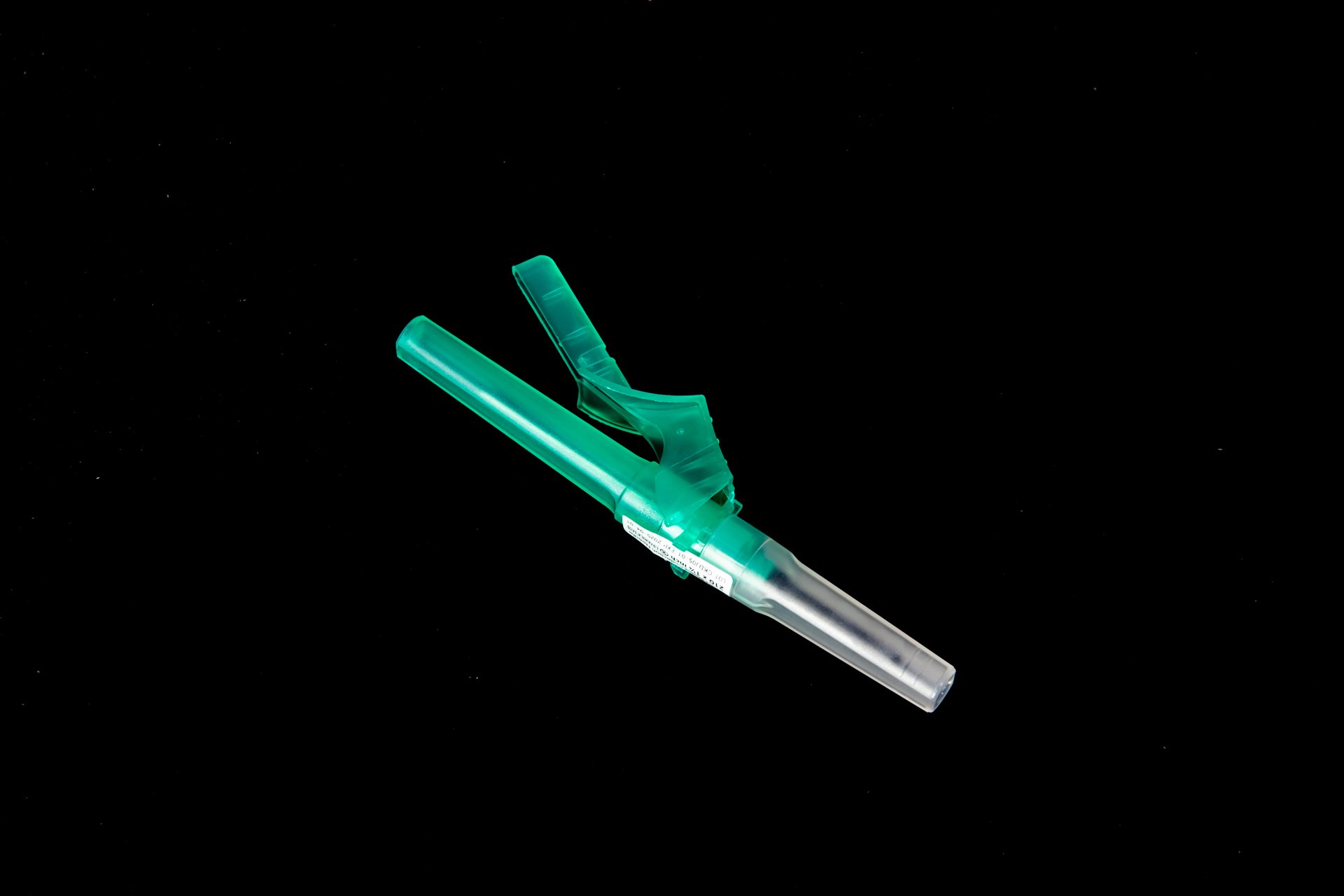Improving Patient Experience With Needle Procedures
Needle procedures are an unavoidable part of medical treatment for many patients. Whether it's getting blood drawn, receiving injections, or undergoing acupuncture, needles are a common tool used in healthcare settings. However, for some patients, the thought of needles can be anxiety-inducing and lead to a negative experience. In this blog post, we will explore ways to improve the patient experience with needle procedures, making the process more comfortable and less stressful for patients.
Understanding Patient Fear and Anxiety
It's important to recognize that fear and anxiety surrounding needle procedures are common among patients. This fear can stem from various factors, including past traumatic experiences, a fear of pain, or simply feeling out of control in the situation. Understanding these feelings is key to addressing them and creating a more positive experience for patients.
Common reasons for fear and anxiety include:
Fear of pain
Previous negative experiences
Feeling out of control
Anxiety about the unknown
By acknowledging and validating these feelings, healthcare providers can take steps to help alleviate patient anxiety and improve the overall experience.
Creating a Comforting Environment
One way to improve the patient experience with needle procedures is by creating a comforting environment in the clinical setting. This can help to put patients at ease and reduce anxiety during the procedure.
Ways to create a comforting environment include:
Warm lighting and calming decor
Soft music or nature sounds
Comfortable seating
Offering blankets or pillows for comfort
Creating a welcoming and soothing environment can help to distract patients from their fear and anxiety, making the needle procedure feel less stressful.
Communication and Education
Effective communication is essential in helping patients feel more comfortable during needle procedures. Healthcare providers should take the time to explain the procedure, answer any questions, and address any concerns the patient may have.
Ways to improve communication and education include:
Using simple language and avoiding medical jargon
Asking open-ended questions to encourage dialogue
Providing information about what to expect during the procedure
Offering reassurance and support
By keeping patients informed and engaged in the process, healthcare providers can help to alleviate anxiety and empower patients to feel more in control of the situation.
Utilizing Pain Management Techniques
Pain management techniques can also play a key role in improving the patient experience with needle procedures. By minimizing pain during the procedure, patients are more likely to have a positive experience and be willing to undergo future procedures.
Effective pain management techniques include:
Using numbing cream or ice to reduce pain at the injection site
Applying pressure or tapping on the skin to distract from the sensation of the needle
Encouraging deep breathing exercises to help relax the patient
Offering relaxation techniques such as visualization or mindfulness
By incorporating these pain management techniques into needle procedures, healthcare providers can help to minimize discomfort and improve the overall patient experience.
Addressing Needle Phobia
For some patients, fear of needles goes beyond normal anxiety and can develop into a phobia. Needle phobia can be debilitating for patients and may prevent them from seeking necessary medical treatment. It's important for healthcare providers to recognize and address needle phobia in order to help these patients receive the care they need.
Ways to address needle phobia include:
Gradual exposure therapy to help patients become desensitized to needles
Cognitive-behavioral therapy to address negative thoughts and beliefs surrounding needles
Providing support and understanding to help patients feel safe and supported during procedures
Offering alternative pain management techniques for patients with severe needle phobia
By addressing needle phobia in a compassionate and empathetic manner, healthcare providers can help patients overcome their fear and receive the necessary treatment without added stress or anxiety.
Conclusion
Improving the patient experience with needle procedures is essential in providing quality healthcare and ensuring positive outcomes for patients. By understanding patient fear and anxiety, creating a comforting environment, communicating effectively, utilizing pain management techniques, and addressing needle phobia, healthcare providers can help to make needle procedures a more positive and less stressful experience for patients.
By taking these steps to improve the patient experience, healthcare providers can help patients feel more comfortable, confident, and in control during needle procedures, ultimately leading to better outcomes and improved patient satisfaction.
For more information on improving patient experience with needle procedures, please visit Healthline, PubMed, and Mayo Clinic.
Disclaimer: The content provided on this blog is for informational purposes only, reflecting the personal opinions and insights of the author(s) on phlebotomy practices and healthcare. The information provided should not be used for diagnosing or treating a health problem or disease, and those seeking personal medical advice should consult with a licensed physician. Always seek the advice of your doctor or other qualified health provider regarding a medical condition. Never disregard professional medical advice or delay in seeking it because of something you have read on this website. If you think you may have a medical emergency, call 911 or go to the nearest emergency room immediately. No physician-patient relationship is created by this web site or its use. No contributors to this web site make any representations, express or implied, with respect to the information provided herein or to its use. While we strive to share accurate and up-to-date information, we cannot guarantee the completeness, reliability, or accuracy of the content. The blog may also include links to external websites and resources for the convenience of our readers. Please note that linking to other sites does not imply endorsement of their content, practices, or services by us. Readers should use their discretion and judgment while exploring any external links and resources mentioned on this blog.



